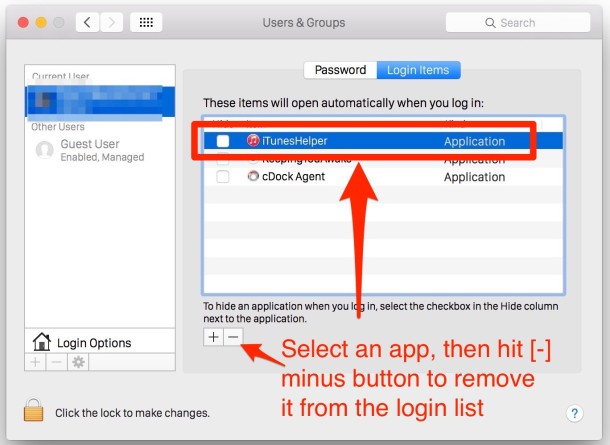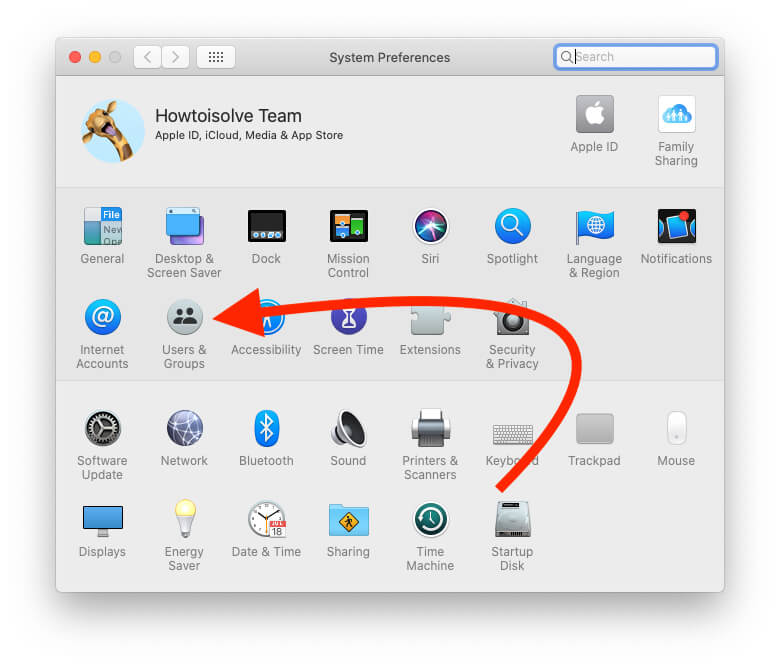Let us begin with reassurance: even if some apps crash after you’ve upgraded your Mac to the latest operating system, there is still a chance it’s a temporary problem. We can’t advise you to wait it out though, because there’s also a chance something went very wrong.
MacOS Applications - Business, system management, finance, photo editing, video editing, sound editing and other useful applications for MacBook, iMac, Mac Pro, Mac Curiosity. MacOS. MacOS Apps How to Fix Error: App is damaged and can't be opened. Searching for macOS Sierra on the Mac App Store returns a few results, but none are Apple’s operating system. Looking in your purchased apps gets you a big bucket of nope even though older Mac. Juanita Roushdy has a question about continuing to use a version of Pages she prefers: I have an iMac running Mac OS X 10.6.8 and uses Pages ’09 (version 4.1), which I absolutely love and use.
That’s why in this article we’ll go over a bunch of reasons and solutions for your app crashing problem. We’ll review general app compatibility for Mac apps on macOS, because the good people of this world have already created a list of all the apps that work on this system and that don’t. If you find your problematic app on the list, you’ll know why it fails.

We’ll see what could be the reasons apps don’t work and how to find out if they will.
Application compatibility and feature support on macOS
One of the reasons your app crashes could be that it’s incompatible with the new macOS. What it means is that app developers haven’t updated it to run with the new system requirements. For instance, in macOS Catalina, Apple gave up the support of 32-bit apps — requiring developers to switch to the 64-bit infrastructure. If they don’t meet the requirement, 32-bit Mac apps won’t launch in Catalina.
If you don’t feel like looking through a nearly endless list of apps and just want to know if the majority of apps are ready for the new macOS, then yes, they are. Most popular apps are fully-functional on the new system. In case you have doubts, try looking into the About section and see when your app was last updated and to which version. That’s an instant answer to the question “Why do my apps keep crashing?”
What if I really need the incompatible apps?
The easiest advice is — find a compatible alternative. For instance, you can have a huge collection of quality, High-Sierra-compatible apps for all kinds of Mac tasks on Setapp. It’s a subscription service that gives you 150+ Mac apps for a single monthly fee. If you don’t like being nervous after every upgrade and enjoy running updated, compatible software, that’s your best choice. Setapp takes care of the compatibility, so that apps crashing stops being the problem.
Autolauching Apps On Mac Sierra Vista
An app crashes or doesn't open, what can I do?
Not every app is on Setapp, just yet. So you need a solution on how to fix app crash manually.
The first thing you need to do if you have apps crashing and refusing to work properly, is to make sure they are compatible. If your app is compatible but still crashes, there must be something else at work.
If the app crashes on launch
In this case, when you can’t click on About to see if it’s up to date, check developer’s website to see if you’re running the latest version. Sometimes apps quit unexpectedly and that is also a crash-like issue which you shouldn’t ignore, even if its occasional.
In macOS Catalina, you’ll see a message saying something like “app not optimized for your Mac.” This will (most likely) mean you’re trying to open a 32-bit app. Not gonna work, sorry.
If the app crashes during work
Maybe your Mac doesn’t have enough processing power/memory to run it at full capacity. You can try checking how your Mac is doing in real-time while the app works with iStat Menus. Download the app and use it to monitor hardware indicators, CPU load and RAM usage. Check which apps take up the most resources and decide if you can quit/uninstall them.
If the app prevents your Mac from launching
This app is probably features among your startup items — apps that start together with your Mac when you turn it on. If your Mac freezes or the app prevents other app from launching, try removing it from login items. To do it, open System Preferences > Users and Groups. Select your name and click “Login items” and remove the app in question.
App crashing no more
Your Mac can be home to any apps if you treat them well. Use Setapp as a solution to troubleshoot software issues.
You apps might be affected by the APFS system
Another reason why Mac apps keep closing may be APFS. The operating systems after High Sierra use Apple File System. If you’ve just switched, all your files on drives were moved from the old HFS+ to the new one, including apps that weren’t in your Applications folder.
In case the apps that crash are stored elsewhere on your Mac, like on your Desktop instead of the Applications folder and are installed there, they have been transformed into the new file system. And application files don’t do well with it, so if you’re launching your apps from Desktop folder or any other Finder folder (apart from applications) it’s entirely expectable for it to crash.

If you have the latest version and your app is compatible, there are a few things you can still do to try and fix the crashing.
Get a Mac cleaning app like CleanMyMac X and run maintenance scripts. It’s a system-optimizing action that rearranges logs and removes temporary files which helps your new OS operate correctly.
Use CleanMyMac to clean up your system and caches, which is another way of removing possible hindrances for software.
Contact your app’s support team. Send a crash report, describe your situation and maybe there are some app-specific recommendations they can share with you.
Look for an alternative. And, instead of buying new apps one by one, try Setapp subscription. You can simply type in what your app was for, like “email client” or “blogging”, and find a similar one. Setapp has 150+ applications for all possible tasks on Mac, and all of them are always compatible with the latest system.

That’s about it concerning your options. We know having your favorite software unresponsive is frustrating but there’s really plenty of fish in the sea. If the app you loved is no longer supported on the new system — like outdated software in macOS Catalina — maybe it’s time to find a new, better one for the job.
We hope this guide has been of help, we’re trying to keep it up to date, so if you noticed inconsistencies, please make sure to tell us about them so we could fix it. Thanks and take care.
These might also interest you:
Check compatibility
You can upgrade to macOS High Sierra from OS X Mountain Lion or later on any of the following Mac models. Your Mac also needs at least 2GB of memory and 14.3GB of available storage space.
MacBook introduced in late 2009 or later
MacBook Air introduced in late 2010 or later
MacBook Pro introduced in mid 2010 or later
Mac mini introduced in mid 2010 or later
iMac introduced in late 2009 or later
Mac Pro introduced in mid 2010 or later
To find your Mac model, memory, storage space, and macOS version, choose About This Mac from the Apple menu . If your Mac isn't compatible with macOS High Sierra, the installer will let you know.
Make a backup
Before installing any upgrade, it’s a good idea to back up your Mac. Time Machine makes it simple, and other backup methods are also available. Learn how to back up your Mac.
Get connected
It takes time to download and install macOS, so make sure that you have a reliable Internet connection. If you're using a Mac notebook computer, plug it into AC power.
Download macOS High Sierra
For the strongest security and latest features, find out whether you can upgrade to macOS Catalina, the latest version of the Mac operating system.
If you still need macOS High Sierra, use this App Store link: Get macOS High Sierra.
Begin installation
Autolauching Apps On Mac Sierra 2017
After downloading, the installer opens automatically.
Click Continue and follow the onscreen instructions. You might find it easiest to begin installation in the evening so that it can complete overnight, if needed.
If the installer asks for permission to install a helper tool, enter the administrator name and password that you use to log in to your Mac, then click Add Helper.
Allow installation to complete
Please allow installation to complete without putting your Mac to sleep or closing its lid. Your Mac might restart, show a progress bar, or show a blank screen several times as it installs both macOS and related updates to your Mac firmware.
Learn more
- If you have hardware or software that isn't compatible with High Sierra, you might be able to install an earlier macOS, such as Sierra or El Capitan.
- macOS High Sierra won't install on top of a later version of macOS, but you can erase your disk first or install on another disk.
- You can use macOS Recovery to reinstall macOS.